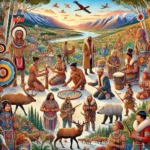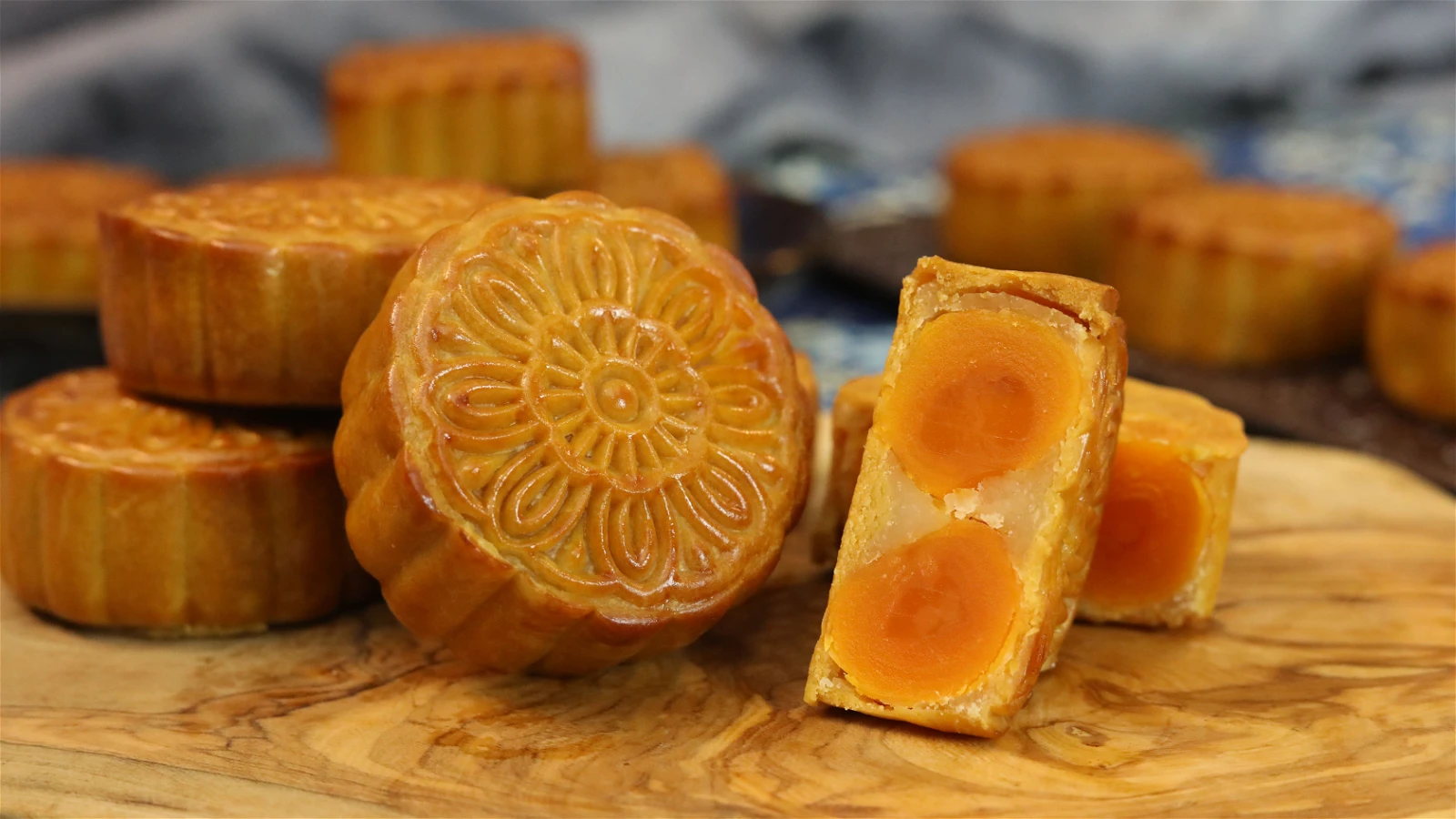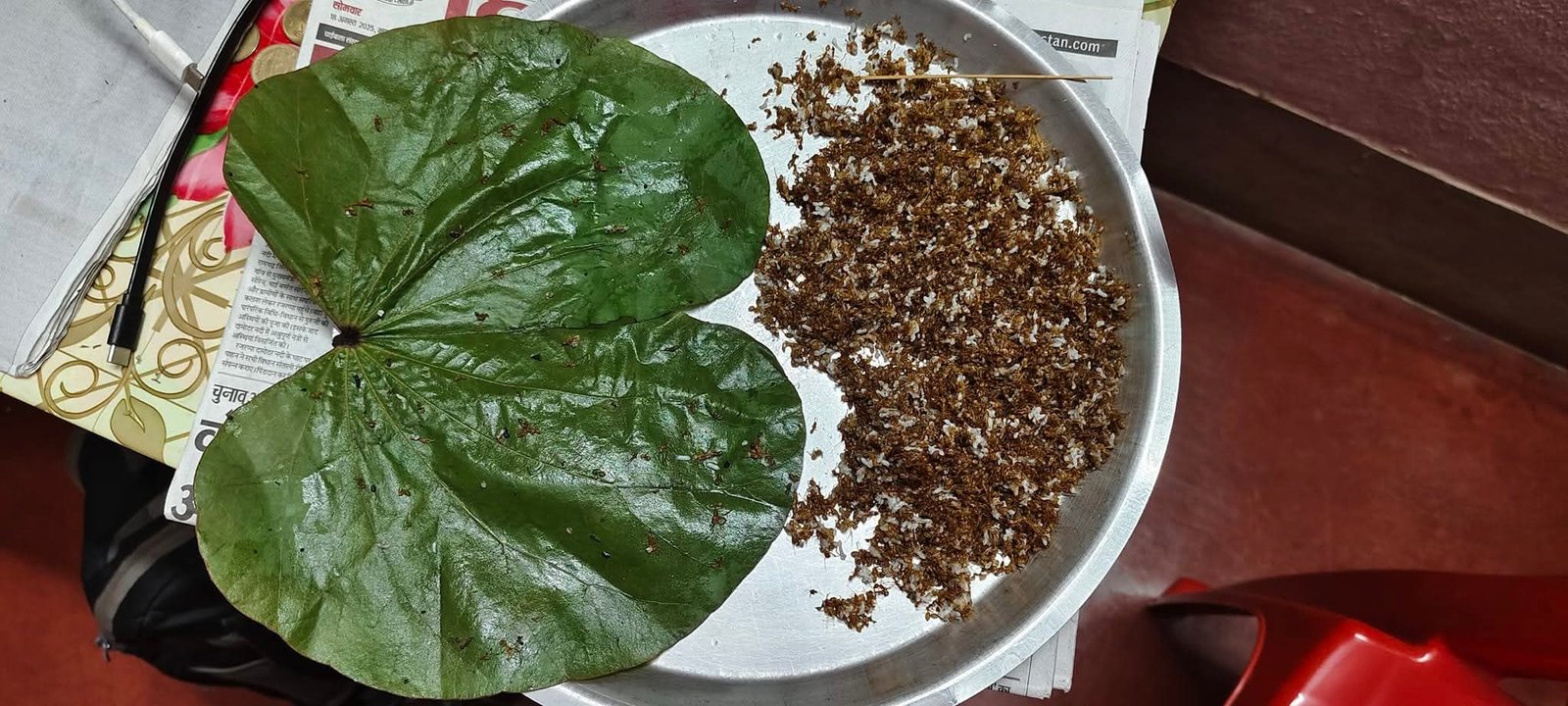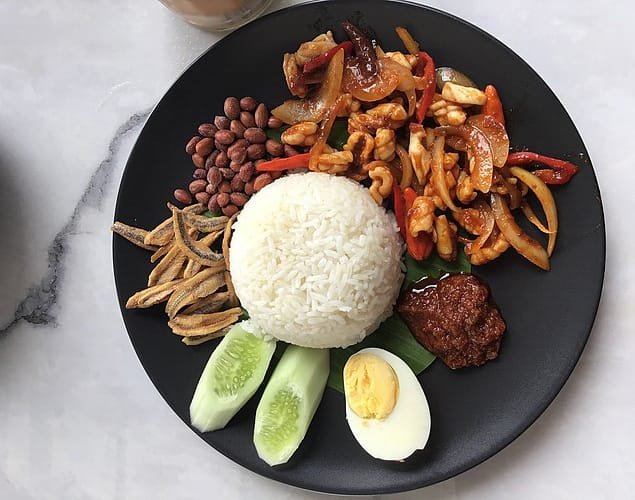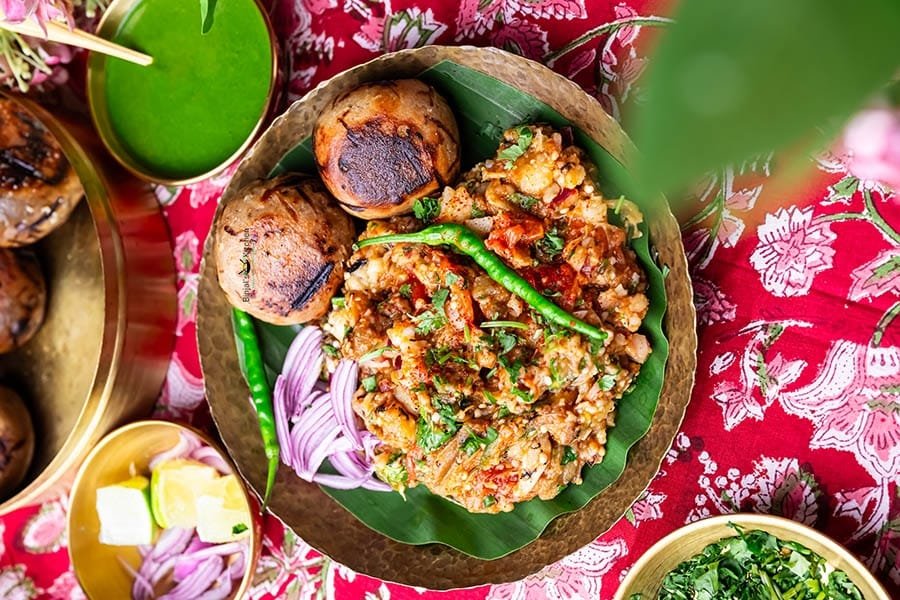The story most famously associated with the Moon Cake is not about its invention as a food, but about its role in a pivotal moment in Chinese history.
The Legend of the Moon Cake and the Rebel Uprising
This is the most popular folk tale explaining the significance of the mooncake:
The Setting: During the 14th century, China was under the rule of the Mongol-led Yuan Dynasty. The Han Chinese people suffered under oppressive Mongol rule and longed to reclaim their land.
The Problem: How could the rebels, led by Zhu Yuanzhang (who would later become the Hongwu Emperor and found the Ming Dynasty), organize a widespread uprising without the Mongol authorities finding out? The Mongols were suspicious and had a tight grip on communication.
The Ingenious Plan: Zhu Yuanzhang’s advisor, Liu Bowen, conceived a brilliant scheme. He knew that the Mongols, being nomadic, did not eat mooncakes, which were a Han Chinese treat. He also knew that the Mid-Autumn Festival was approaching, a time when families would exchange gifts of round pastries to symbolize reunion.
The Secret Message: Liu Bowen had bakers create special mooncakes. Inside each cake, he hid a tiny slip of paper with a secret message outlining the plan for the rebellion. The message famously read:
“Rise up against the Mongols on the fifteenth night of the eighth lunar month.”
These “rebel mooncakes” were then distributed far and wide to Han Chinese households as festival gifts.
The Uprising: When families cut open their mooncakes for the Mid-Autumn Festival, they discovered the secret message. The rebellion was synchronized perfectly and erupted simultaneously across the country. This surprise attack was successful, leading to the overthrow of the Yuan Dynasty and the establishment of the Ming Dynasty in 1368.
From then on, eating mooncakes during the Mid-Autumn Festival took on a new, powerful meaning—not just of family reunion, but also of resistance, Han Chinese identity, and the triumph of the people.
Beyond the Legend: The Deeper Symbolism
While the rebellion story is a thrilling tale, the tradition of mooncakes and the Mid-Autumn Festival is much older and richer, dating back over 3,000 years.
- The Moon Goddess, Chang’e (嫦娥): This is the primary mythological origin of the festival. The legend tells of the archer Hou Yi (后羿), who shot down nine of ten suns to save the earth. As a reward, he was given an elixir of immortality. His beautiful wife, Chang’e, accidentally drank it and floated up to the moon, where she became the Moon Goddess, forever separated from her husband. On the night of the full moon, Hou Yi would lay out her favorite fruits and cakes to remember her. This is why the festival is about family reunion—it’s a time to be with loved ones, reflecting on the sadness of separation from those who are far away.
- The Shape and Design: The mooncake is round, symbolizing the full moon and, by extension, wholeness, completeness, and family reunion. The intricate patterns on top often feature Chinese characters for “longevity” or “harmony,” and the central design can be of the Moon Palace where Chang’e lives, or a rabbit (the Jade Rabbit, who is Chang’e’s companion).
- The Fillings: The rich, sweet fillings inside the pastry shell symbolize a bountiful harvest and the sweetness of life. The salted egg yolk(s) in the center of many traditional mooncakes represent the full moon itself.
Modern Moon Cakes
Today, mooncakes are a multi-billion dollar industry. While the traditional fillings like sweet red bean paste, lotus seed paste, and salted egg yolk remain popular, modern varieties have exploded in creativity. You can now find mooncakes with:
· Snow Skin: A non-baked, chewy, and often refrigerated pastry.
· Innovative Fillings: Chocolate, coffee, ice cream, durian, cheese, and even spicy Sichuan pepper.
In essence, the story of the mooncake is the story of China itself—a blend of ancient myth, historical struggle, deep familial love, and cultural pride, all contained within a single, symbolic pastry.

